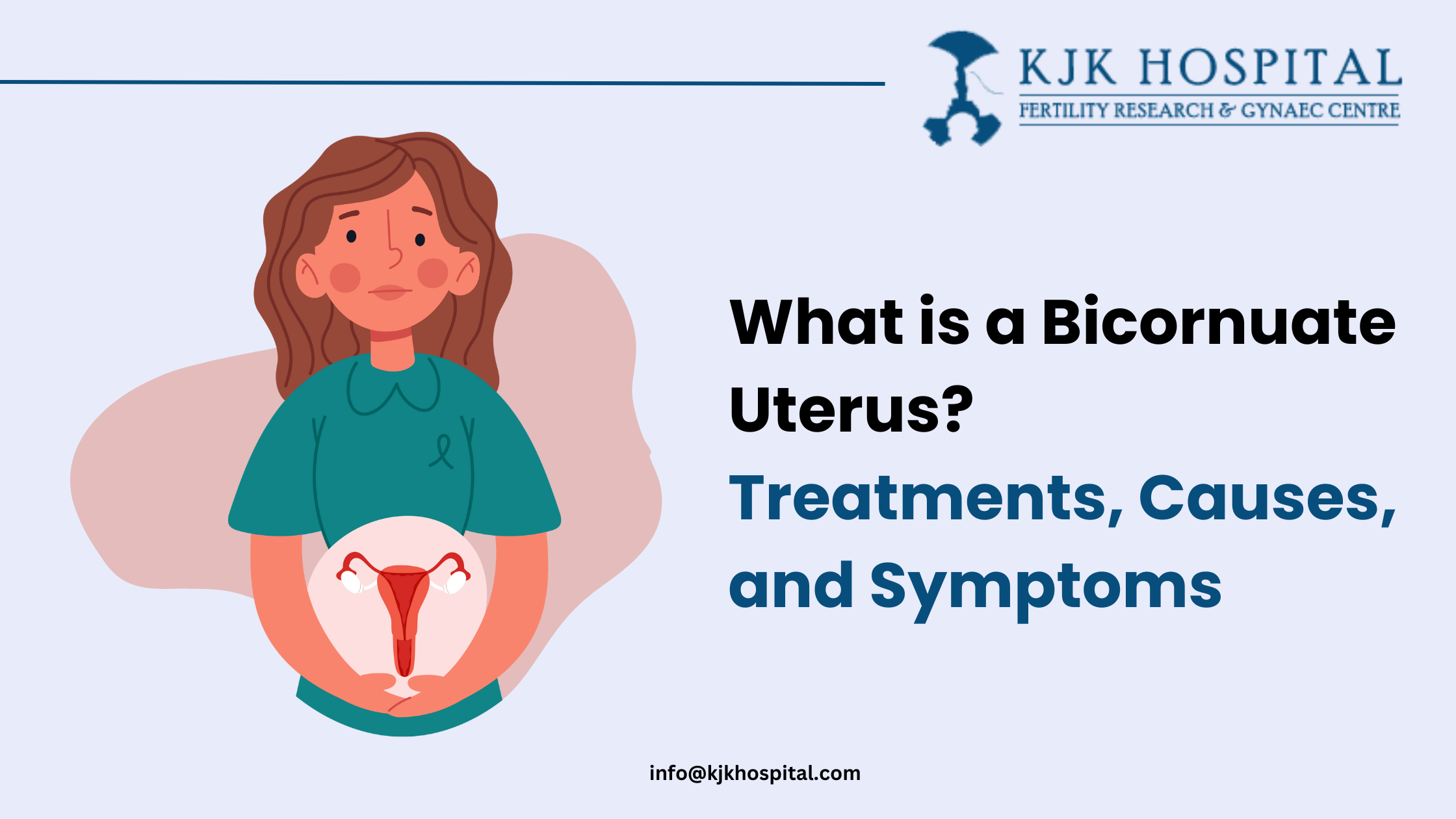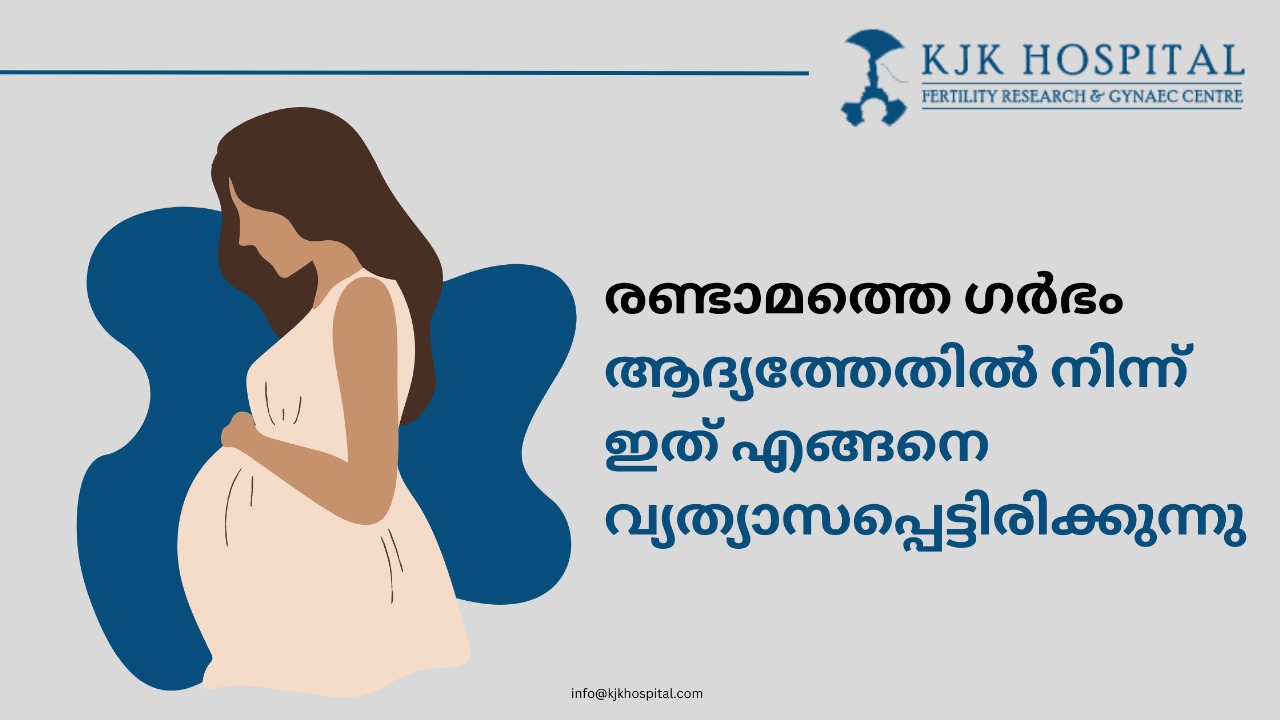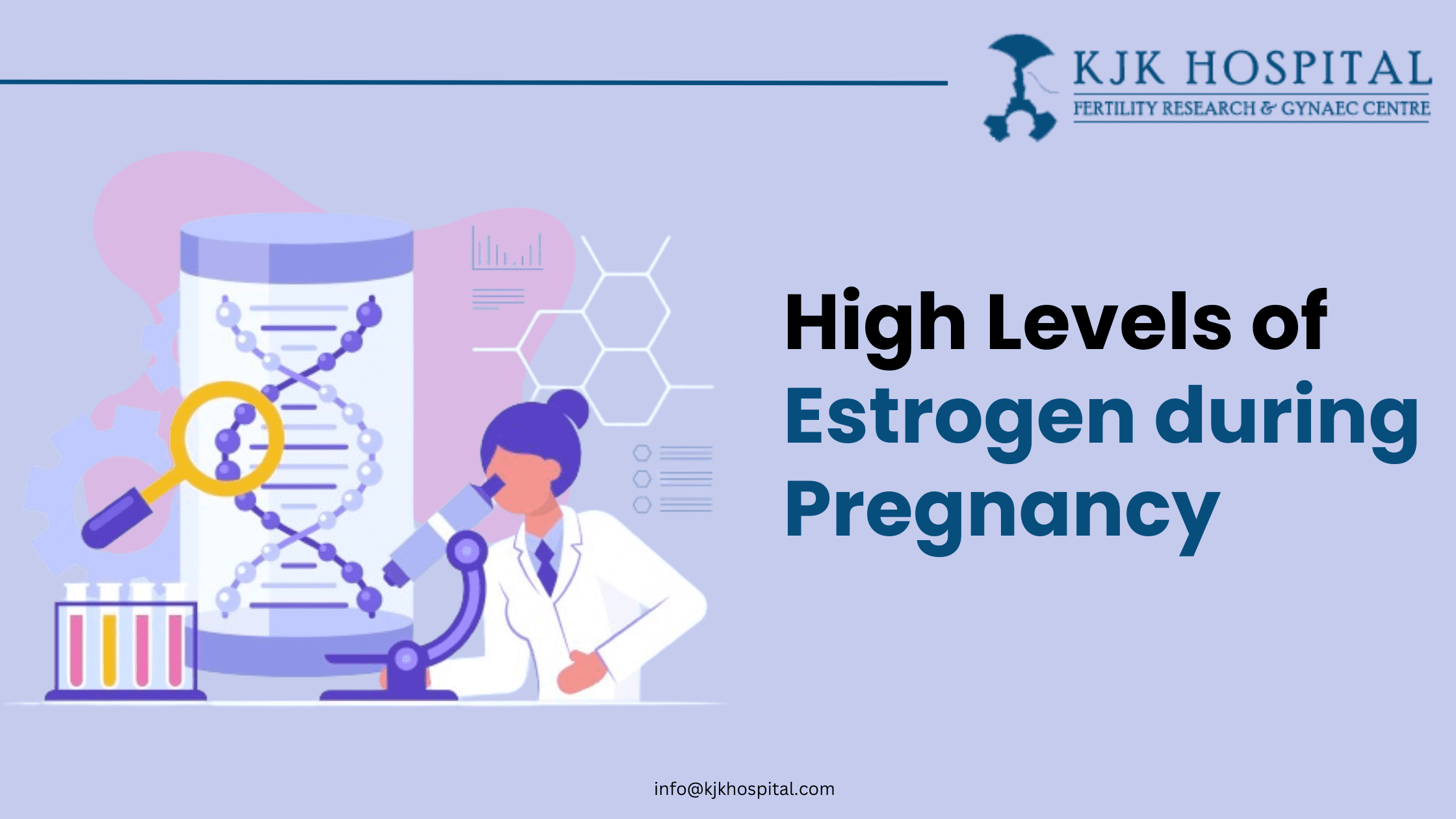There are two ways that a child can be brought into the world; natural delivery and through assisted C-sections. Be it assisted or natural, the ultimate goal of delivery is to bring a healthy baby into the world. So what are the factors that come into play and how does one decide which process is best? We take a look.
Natural birth
Giving birth is a life-changing event. The vaginal delivery is the most natural one. The phases of vaginal delivery include the rupture of the amniotic sac, contractions, cervix dilation, labour and delivery. After the baby comes out, the placenta that supported the baby during the nine months is also expelled.
However, there are times that a woman may not be able to deliver by the above mentioned natural method. It is here that C-sections and assisted births happen. High-risk pregnancies and certain unplanned situations will make C-sections the only option.
C-section
A cesarean delivery – also known as a C-section is the surgical delivery of a baby. The process involves two incisions – one in the mother’s abdomen and another in the uterus. If you fall into the high-risk pregnancy category, cesarean deliveries are planned early in the pregnancy, but most of the time, they are performed when complications arise during labour.
The risks of cesarean delivery include:
- Bleeding
- Blood clots
- Breathing problems for the child
- Increased risks for future pregnancies
- Infection
- Injury to the child during surgery
- Longer recovery time compared with vaginal birth
- Surgical injury to other organs
- Adhesions, hernia, and other complications of abdominal surgery
Let’s weigh in the pros and cons
The procedure
During vaginal birth, the mother will experience labour as her cervix dilates. Uterine contractions, move the baby’s head toward the vaginal opening, where it emerges after pushing. Labour and delivery can last 12 to 14 hours for first-time moms.
A C-section operation, on the other hand, usually takes under an hour from start to finish. The doctor makes an incision just above the bikini line and into the wall of the abdomen. Another incision is made in the wall of the uterus through which the baby is delivered. Then doctors cut the umbilical cord, remove the placenta, and close the incision.
Recovery and healing
The healing and recovery time for a vaginal birth is often significantly quicker than that of a C-section. However, recovery varies from person to person in a vaginal birth. The postpartum side effects will include cramping, bleeding and soreness. The side effects of a C-section tends to be more severe. You will have to be careful about the incisions and give them ample time to heal while caring for the baby. The pain will linger for almost a month.
Complications
Pregnancy and delivery have their own risks and potential complications. In both vaginal deliveries and C-sections, there are risks and complications. In a “natural birth,” the woman may suffer perineal tears, and issues with bladder control. Pelvic organ prolapse is also reported in some cases. In C-sections, infection, blood loss, blood clots, injury to the bowel or bladder, and reactions to the anaesthesia or medication may occur.
Do consult with your doctor before you plan your delivery. It is very important to discuss every bit of the procedure before you go for the delivery. At KJK, our panel of experts will always be around to help you out with your doubts.
Here’s where you can reach us for appointments or for answers to all your pregnancy related questions
http://www.kjkhospital.com/contact-us/
Phone Numbers: 0471-2544080, 2544706
Email: kjkqueries@gmail.com
Subscribe to KJK Hospital YouTube Channel and stay updated with the latest in Pregnancy and Infertility.
Subscribe Here – https://www.youtube.com/c/KJKHospital/videos







